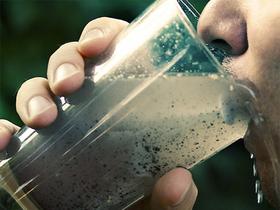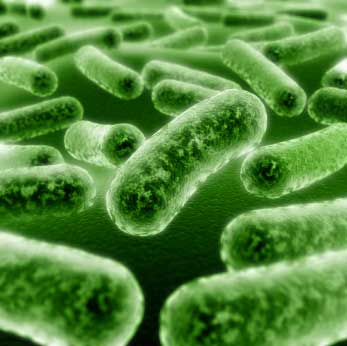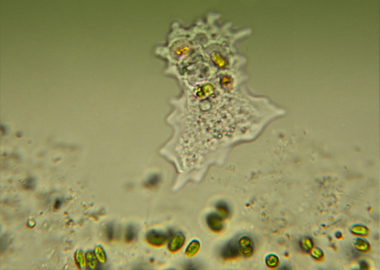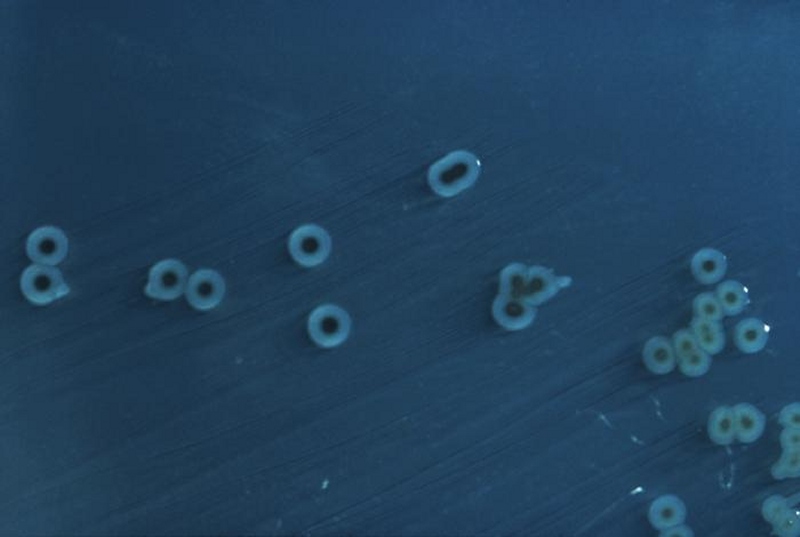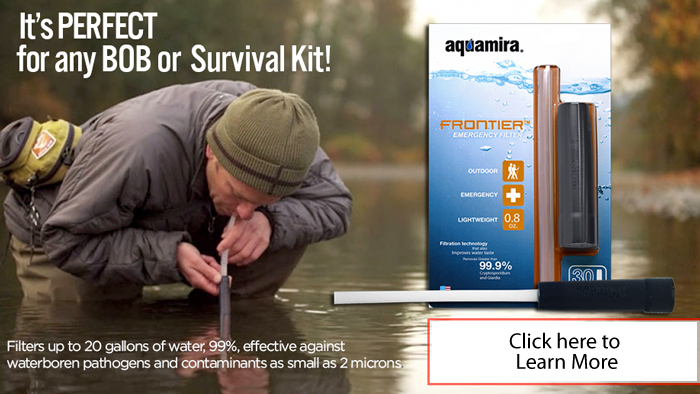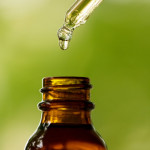Water is life. We all know this. We also know the importance of having a supply of fresh and pure drinking water on hand at any given point in time. To illustrate this point, let’s take a look at three impurities in water that can lead to serious illness and untimely death. Knowing what we are avoiding can help us to always be mindful of the risks we take if we do not protect our water supply.
Cholera.
Cholera is a potentially deadly disease that causes violent diarrhea and dehydration. It is commonly found in unsanitary areas, where water treatment is not available or possible. It is a resilient bacteria and is present around the world. Millions are exposed to cholera every year, and hundreds of thousands die if treatment is not available. Basic filtration techniques kill off the bacteria and neutralize the threat. In a time of crisis, access to treatment may be limited, so the best practice is to avoid being exposed in the first place.
Dysentery.
Dysentery is another severe condition that impacts the lower digestive system, often producing stools that contain blood and mucous. Diarrhea and severe abdominal cramping and pain often accompany this condition. More than 230 million people are impacted per year and thousands die if not treated. It can be caused by an amoeba or through bacterial infection. Poor sanitary conditions are the leading contributors of the spread of this disease. Untreated drinking water or improperly treated sewage carry this bug and make it a serious threat to public health in times of crisis.
Typhoid.
Typhoid is a variant of the salmonella bacteria and can be spread from person to person, and is found in untreated water. It can be found on toilets, dirty glasses and unwashed dishes. It can also be found on surfaces that have been touched by an infectious carrier. Frequent hand washing, proper sanitation and water treatment keep this nasty little bug at bay. If you get typhoid, you can expect diarrhea, high fever, weakness and a horrible rash. Antibiotics provide the best treatment, and typhoid impacts more than 21 million people per year.
These are just a few of many, many diseases that can be caught and spread when imbibing contaminated water and contacting unsanitary surfaces. Water treatment, disinfection and frequent hand washing are the best ways to keep these bugs at bay and to protect your health and well-being. It doesn’t take a lot to treat water. You can boil, add chemicals and filter water in order to make it safe for consumption. Never drink water directly from a stream, river or lake. Drinking rainwater can also be risky if it comes into contact with unsanitary areas.
Never take chances with your water supply, and properly treat, store and rotate stocks to ensure that you are only drinking quality and safe water. Remember that treating diarrhea requires an abundance of water, which will be in limited supply in a SHTF situation, so prevention is definitely the name of the game. The good news is that these conditions are completely avoidable if you take care of yourself and your water supply.


